Your website is the canvas for your brand’s narrative. This story is what sets you apart, and your website is the stage where it all unfolds. It’s the place where you can let your audience in on the ‘why’ behind your business, the values that drive you, and the journey that brought you here. But before you can embark on the journey of building an engaging website, you must first craft a compelling brand story.
Your brand story is the cornerstone of your identity, the narrative that defines who you are, what you stand for, and why you do what you do. In this guide, we dig into the foundational steps of defining your brand narrative…
Understanding your brand
Before you start telling your brand’s story on your website, it’s crucial to get to know your brand inside and out. After all, how can you share your story with others if you’re not entirely clear on what that story is yourself?
Your brand story is the heart and soul of your business. It’s the narrative that defines who you are, what you stand for, and why you do what you do. It’s the story that connects you with your audience on a deeper level. So, let’s roll up our sleeves and dive into understanding your brand.
-
What is your brand identity?
Your brand identity encompasses everything that defines your business, including your values, your mission, and your vision. This forms the essence of your brand. It’s what gives your business a purpose beyond just making money.
Start by asking yourself some important questions:
- What does your business stand for?
- What are your core values?
- What is your long-term vision for your brand?
For instance, if you’re running a local organic food store, your brand identity might revolve around values like sustainability, community, and healthy living, whereas a local eco-friendly cleaning service’s core values might include sustainability, health, and a commitment to using non-toxic cleaning products.
-
Who is your target audience?
To tell your brand’s story effectively, you need to know who you’re speaking to. You need to get to know your audience intimately. Define your ideal customers, or create buyer personas.
Ask yourself:
- What are their interests?
- What are their needs and desires?
- What problems does your product or service solve for them?
- Where do they hang out online?
Imagine you run a small online bookstore. Your target audience might include avid readers who are looking for a wide range of book genres and topics. If you run a local organic grocery store, your audience might include health-conscious consumers who are seeking fresh, pesticide-free produce and eco-friendly shopping options.
-
Research your competitors
Take a look at your competitors. What are they doing well, and where are they falling short? This can help you identify gaps in the market that you can fill. Ask yourself: What can you do better? What’s your unique strength? Consider what makes your products or services special. It might be the quality, the speed of delivery, your exceptional customer service, or your local roots.
In the case of a local fitness studio, your competitors might not offer specialised training for specific fitness goals like weight loss or muscle gain, leaving a gap for you to position your studio as an expert in those areas. For a local home improvement business, it could be that you offer personalised, in-home consultations and design services that big-box stores can’t match. If you run a local bakery, your special touch might be using time-honoured family recipes that have been passed down for generations.
Understanding your brand is like creating a roadmap for your website. It ensures that everything you do – from design to content – is aligned with your core values and speaks directly to your target audience. As you move forward, this clarity will help you create a website that truly reflects the essence of your brand and resonates with your audience.
Uncover your unique value proposition
Your brand story should highlight what makes you unique. This is your Unique Value Proposition (UVP), also known as your Unique Selling Proposition (USP). It’s what sets you apart from your competition and it’s a promise to your customers. It’s a commitment to deliver something exceptional.
For a local bookstore, your UVP might be your commitment to stocking rare, hard-to-find books and hosting book-related community events. If you’re a local pet grooming service, your promise might be to provide a stress-free and safe grooming experience for pets, ensuring they leave happy and healthy. Your unique value proposition is that distinct element that makes people choose you over others.
So, what makes you different from the competition?
- Is it your exceptional customer service?
- The quality of your products or services?
- Your competitive pricing?
Consider a local coffee shop. Perhaps your UVP is your commitment to using locally sourced, ethically produced coffee beans, setting you apart from the big chain stores. Identifying your unique value proposition is like finding your business’s superpower. It’s the ‘why’ people should choose you, and it becomes a central element of your brand story. By focusing on what makes you unique and valuable to your audience, you’re on the right path to creating an engaging website that truly resonates with your customers.
Crafting your brand story
Now that you’ve taken the time to understand your brand inside and out, it’s time to weave all those insights into a compelling brand story. Your brand story is more than just facts and figures; it’s the emotional connection you create with your audience.
-
Start with your ‘Why’
Simon Sinek famously said, “People don’t buy what you do; they buy why you do it.” So, ask yourself: Why did you start your business in the first place? What problem were you trying to solve or what inspired you?
For instance, if you run a small family-owned bakery, your “why” could be a passion for creating delicious, homemade treats that bring people joy. If you’re a local farmer, your ‘why’ could be a passion for providing fresh, locally-sourced produce to your community and reducing the carbon footprint associated with food transportation.
-
Develop a narrative
Your brand story should have a beginning, middle, and ongoing journey. This is where you share the challenges you’ve overcome and the milestones you’ve achieved. Make it relatable and human – people love stories of perseverance.
For example, a local eco-friendly cleaning service might share the story of how they started in their own neighbourhood, struggled to find non-toxic cleaning products, and then made it their mission to provide a cleaner and healthier environment for their community.
-
Highlight your values
Showcase your brand’s core values throughout your story. Whether it’s sustainability, quality, or community engagement, make sure your values shine through. Let’s say you have a small outdoor adventure gear store. You could highlight your commitment to eco-friendly products, local outdoor events, and supporting environmental causes.
-
Relate to your audience
Make your brand story relatable. Address the problems your target audience faces and how your brand can be the solution. Your story should make your audience feel like they’re part of your journey.
If you run a small tech repair shop, your story might relate to the frustration of dealing with broken devices and how your expertise and excellent customer service turn those frustrations into smiles. If you run a local spa, your story might focus on providing a peaceful escape from the daily grind and using natural, holistic treatments to promote wellness.
-
Keep it authentic
Authenticity is key. Be true to who you are and what your brand represents. Don’t try to be something you’re not. People appreciate honesty.
Defining your brand story is about uncovering the soul of your business and bringing it to the surface. Your brand story is the answer to the question, “Why should I choose you?” It’s not just a tale on a website; it’s the heart of your business. It’s the story you want your customers to remember and share. Crafting it takes time and thought, but the result is a story that will resonate with your audience, build trust, and set the stage for your website’s content and design.
Content that resonates
Content is the backbone of your website’s narrative. It’s where you can dive deeper into your brand story, provide value to your audience, and establish your expertise. Let’s break down how to create a winning content strategy that strikes a chord with your audience:
Define your content goals
Start by setting clear objectives. What do you want to achieve with your content? Whether you’re a local bakery aiming to share recipes or a fitness trainer providing workout tips, your goals should guide your content creation.
Keep your audience in mind
Make your content relatable to your audience. Consider their interests, needs, aspirations, and pain points. Tailor your content to address these and show how your brand can be the solution. For instance, if you run a local travel agency, your audience may want travel guides, packing tips, and destination recommendations. If you’re a local pet grooming service, speak to the concerns and questions pet owners commonly have about grooming and pet care. A local tech repair shop might create content about common tech issues and how they can be fixed.
Create valuable, relevant content
Valuable content is what keeps visitors coming back. It could be informative blog posts, how-to guides or videos, product reviews, answers to frequently asked questions, or even customer success stories. For a local gardening supply store, content might include seasonal gardening tips and product reviews. If you’re a local fitness trainer, create content that helps people achieve their fitness goals, such as workout routines or healthy eating tips.
Storytelling matters
Weave your brand story into your content. Share anecdotes, personal experiences, and real-life examples to make your narrative more engaging. For example, if you operate a local bakery, share stories about the inspiration behind your specialty cakes and pastries. A local eco-friendly cleaning service might share stories of how their products transformed messy homes into clean and healthy spaces.
Quality over quantity
It’s better to have a few well-crafted, insightful pieces of content than a lot of mediocre ones. High-quality content is more likely to be shared and engaged with. Just as a local restaurant aims for a small, curated menu, focus on creating content that’s a cut above the rest.
Optimise for SEO
Optimise your content for search engine rankings. Use relevant keywords and meta descriptions to help your content appear in search results. This is crucial for increasing your website’s visibility and attracting new visitors. A local hardware store, for example, might use keywords related to DIY projects or home improvement.
Crafting your website and brand story
Content that resonates is about genuinely connecting with your audience. It’s about creating content that educates, entertains, and adds value to their lives. And your brand story is the thread that connects you to your audience on a deeper level. When you create content that resonates with your audience and aligns with your brand’s story, you’re well on your way to a more engaging website.
In this guide, we’ve explored the foundational steps of understanding your brand and defining your narrative. These insights create a roadmap for your website, ensuring that every aspect, from design to content, aligns with your core values and resonates with your audience. Now that you’ve laid the groundwork, it’s time to take the next step. The story you’ve crafted is the core of your website’s narrative, and in the next guide, we’ll shift our focus to the practical aspects of building an engaging website that brings this narrative to life.







